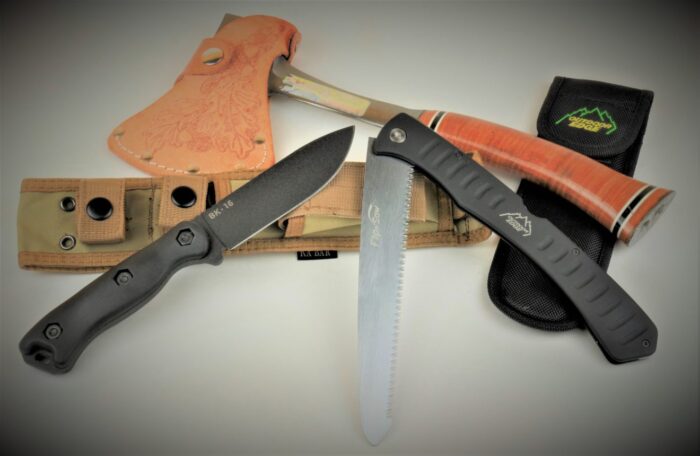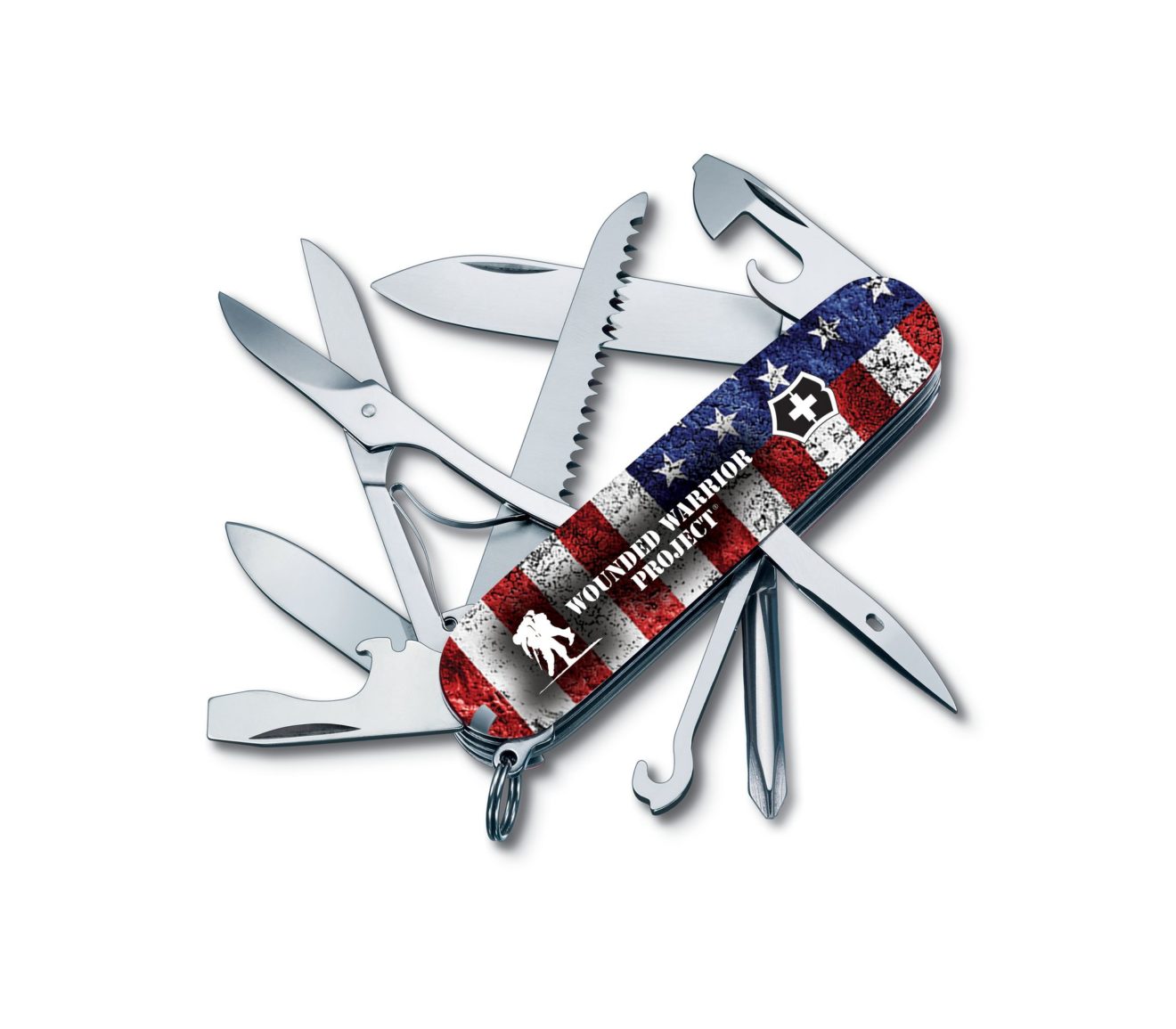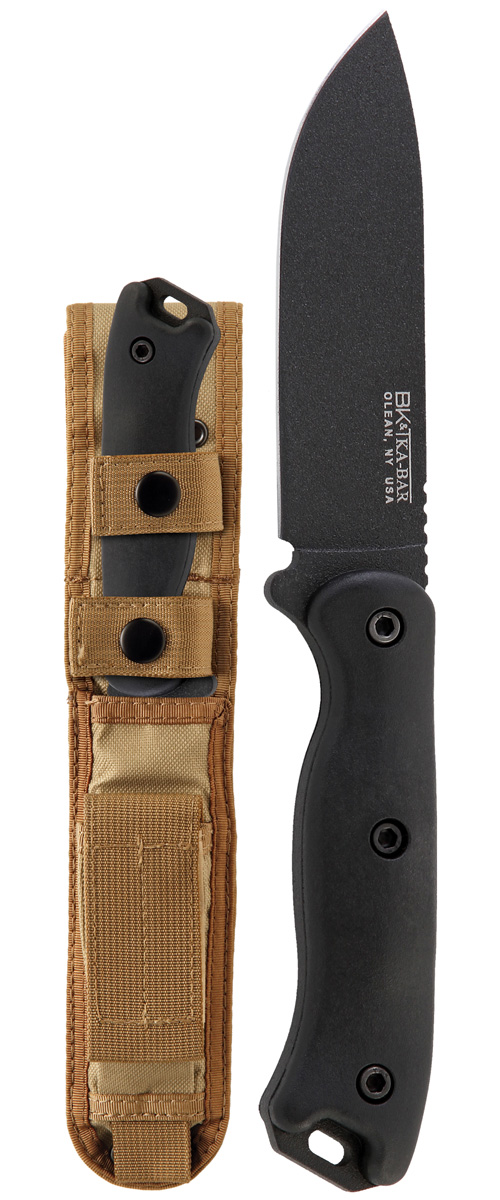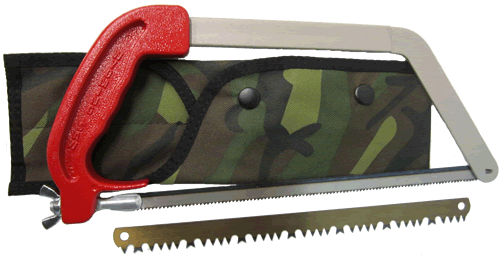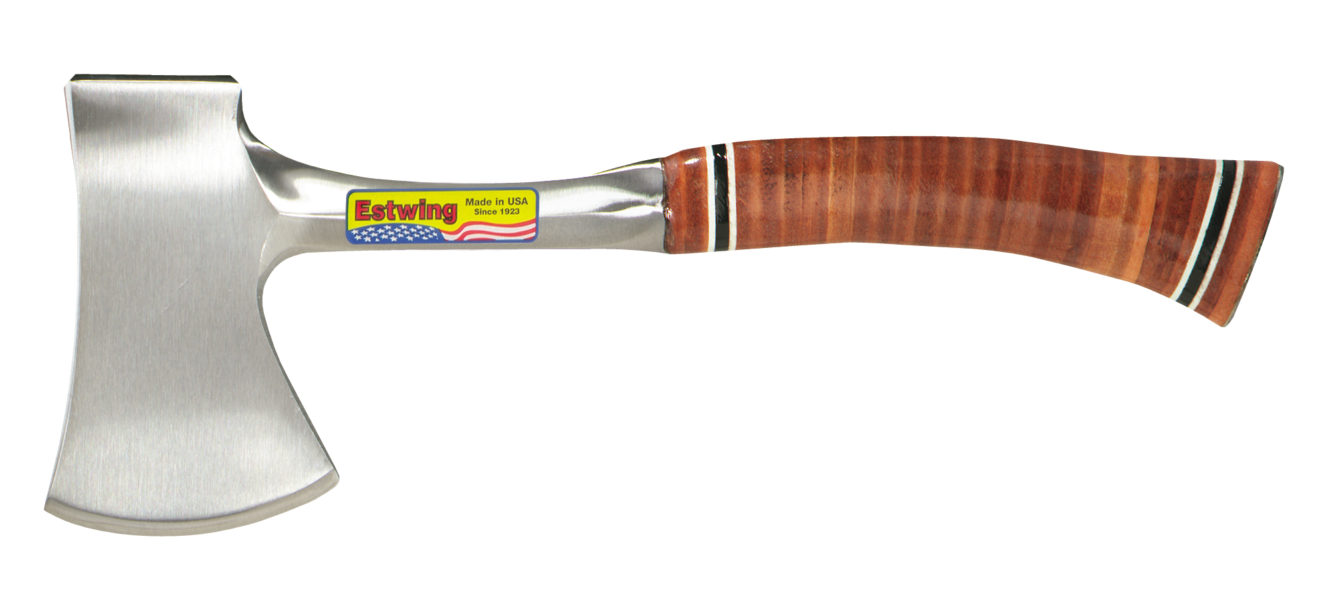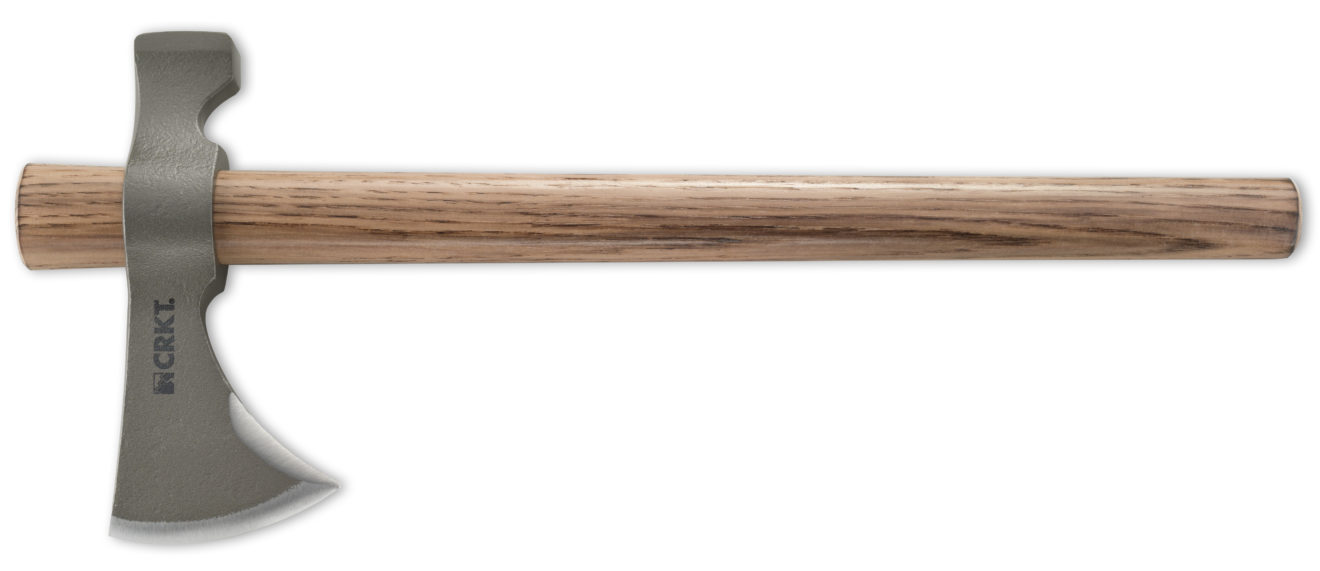This 3-Tool Kit Can Handle Most Backwoods Cutting Tasks
Over the years, I’ve found that I favor a 3-tool kit for outdoorsmen that includes a mid-sized fixed blade knife, a small saw and a hatchet or a tomahawk. Using the right tool for the job is usually preferable to a one-size-fits-all solution.
The idea of having one large survival knife that can do anything you need is an appealing one. I have plenty of big blades and I do love them. But I’ve yet to be dropped into a wooded area unexpectedly with only enough time to grab one knife. And while there are some benefits to large knives, I’ve found there are plenty of compromises too.
Chopping And Heavy Cutting Chores
For field-dressing game and other precision cutting tasks, a small to mid-sized knife is handier than a large knife. And a hatchet or tomahawk with its heavier wedge-shaped head and long handle for leverage makes for a more efficient chopping tool. A hatchet or tomahawk is typically made with a steel and heat treat specifically designed for a tool intended to endure repeated impacts.
Using a hunk of wood as a baton to whack the back your big blade to cut down a sapling is a fashionable feat. But doing so can damage the blade. And you might need that blade for other important chores. A small saw makes easier work of such tasks. In a critical situation, expending less energy is important.
The Knife For Your 3-Tool Kit
When it comes to a knife for this 3-tool kit for outdoorsmen, size matters. I don’t need a large knife for field-dressing a deer, shaving wood for tinder, preparing food in camp or improvising anything else I need. A mid-sized knife with a blade from about 3 ½ to 5 inches long will handle most of what I need a knife to do.
I’ve never taken the time to count how many fixed blade knives I have in that size range, but it’s a lot. Some of my favorites include the TOPS Skinat, the Becker Knife & Tool BK16 Short Becker Drop Point and the ESEE-4HM. If I do choose something a bit larger, I like the Case Winkler Skinner with its 5 ½-inch trailing point blade, Cold Steel AK-47 Field Knife with 5 ½-inch blade or the Cold Steel SRK with 6-inch blade.
The Saw For Your 3-Tool Kit
If I need to cut wood up to about three inches in diameter, I often prefer a small saw. That’s especially true when I want an even cut instead of a ragged one.
There are dozens of folding saws on the market. One I’ve used a lot is the Outdoor Edge Flip N’ Saw. It has a 7-inch blade that locks the same way as a lockback knife. It’s thin and light and cuts well.
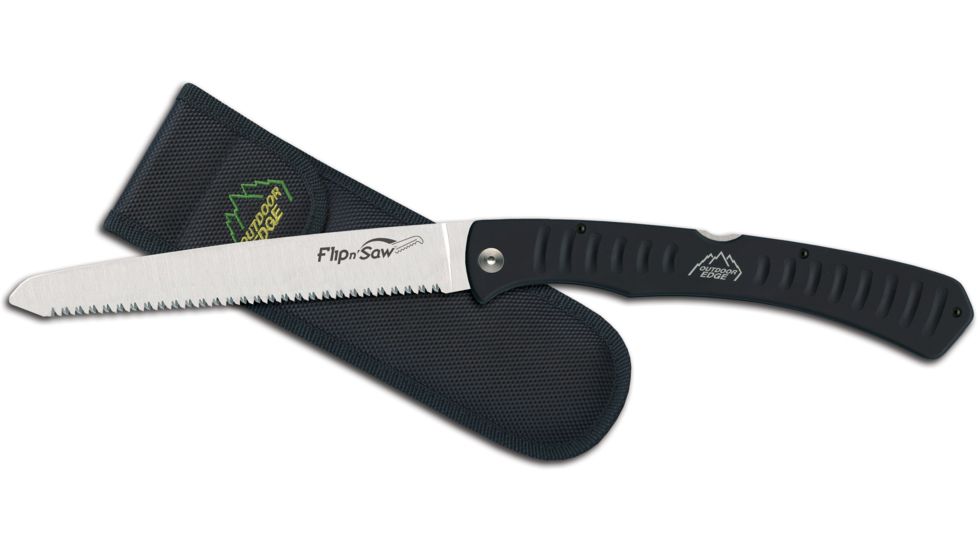
I would probably choose a bow saw or something with a more hand-filling handle if I had lots of sawing to do in camp.
But for carrying in a daypack the Flip N’ Saw is hard to beat. It makes easy work of clearing shooting lanes or building an emergency shelter.
I used one a few years ago to clear branches that had fallen on our deer camp during a storm.
Another option is a Wyoming Saw. I love mine. It’s a small takedown bow saw that fits into a small pouch. It comes with both wood and bone saw blades. Mine has 11-inch blades. There is a larger model with 18 ¼-inch blades. Extra blades are readily available. The big advantage is that the blade is secured at both ends, meaning there’s less chance of bending the blade during rough use. The Wyoming Saw is simple, rugged, and cuts extremely well.
If I’m traveling really light with minimal gear, I still have a saw with me. Most likely it’s on my Victorinox Swiss Army Knife. Mid-sized models such as the Hiker, Camper and Fieldmaster have saw blades among their tools. For something slightly larger, I really like the Victorinox Ranger Grip 178.
The Hatchet: Don’t Go Too Short
In the woods, I might need to remove downed branches from the only road out. I might need to fashion an A-frame travois with some poles and some paracord to haul out a monster deer or an injured companion. Maybe I need to make a tripod support for my kettle in camp. Several times I’ve used a hatchet to make tent stakes to turn my poncho or tarp into an improvised shelter. A hatchet is quicker at these tasks than my knife, which I need to keep sharp for other cutting tasks. The flat back side of a hatchet makes a good hammer.
I move right past hatchets on the market with very short handles. The short handles don’t provide enough leverage; they’re too short to swing properly. Look for a hatchet that’s around a foot long overall at least.
One of my favorites is the Estwing Sportsman’s Axe. It’s offered in two sizes and both feature solid one piece construction. You don’t have to worry about breaking the handle in the middle of nowhere. It has a narrower profile than some hatchets that have a wide wedge shape. So, as good as the Estwing is for many chores, other models are better at splitting large pieces of wood.
For a larger hatchet, the Cold Steel Axe Gang Hatchet is a good one for the money. This tool has a four-inch cutting edge, hickory handle and is just more than 20 inches long. It weighs two pounds. The suggested price is $41.99. You might recognize it as the hatchet carried by the character Rick in The Walking Dead television show. The Gerber Freescape series of hatchets and axes are pretty good values too. Gransfors Bruks, Wetterlings and Council Tool are other good brands.
What About Tomahawks?
Tactical or combat tomahawks are popular now. But there are some traditional tomahawks that are more suited to the woodsman, especially for a 3-tool kit. These are lightweight, feature a hammer poll instead of a spike at the rear of the head and have friction-fit wood handles.
Those handles seem to distress some potential buyers. But the head on these tomahawks isn’t intended to be locked on.
The chopping motion keeps it secured. These are designed so the head can be removed to be used separately has a hand tool and so that the handle can be replaced easily in the field with one you cut to size yourself.
Two of my favorites are the CRKT Woods Chogan T-Hawk and the Cold Steel Trail Hawk.
Don’t Forget The Machete
A hatchet or tomahawk is better suited to the woods I wander normally. But depending on the areas you travel, a machete could be a good substitute for the hatchet in your kit.
I’ve used a couple of Ontario Military Machetes for years. This model has an 18-inch blade. It’s rugged, cuts well and it’s inexpensive.
If you can’t make up your mind whether you need a hatchet or machete and you can’t have both, there is something in between.
The Woodsman’s Pal has been made for decades and it combines some of the best attributes of the hatchet and machete.
Gerber makes a copy with rubber handle called the Gator Machete Pro.
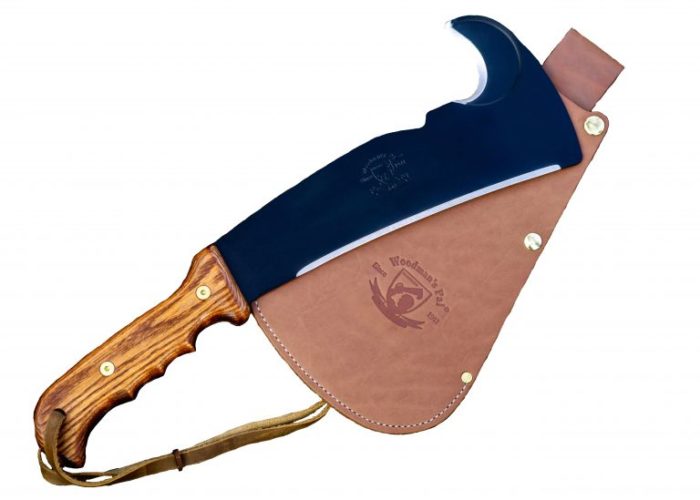
Weighing The Options For Your Kit
Are you concerned about carrying the extra weight? If you drop the hatchet from your 3-tool kit, the mid-sized knife and saw together provide lots of versatility. And the TOPS Skinat and Outdoor Edge Flip N’ Saw together weigh less than a typical Bowie knife. Add a lightweight tomahawk such as the Cold Steel Trail Hawk at 23.6 ounces and you’re really not lugging that much extra weight.
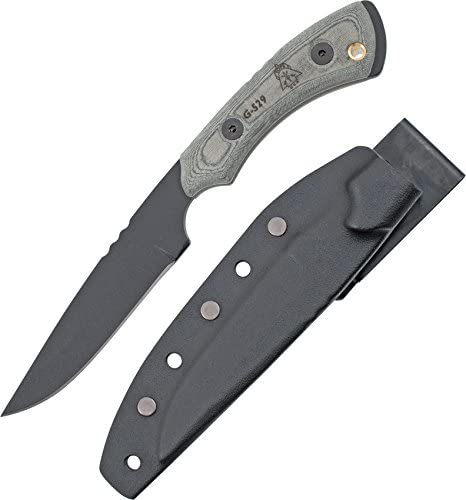
Steven Paul Barlow is a retired sergeant/station commander and former firearms instructor with the New York State Police. He is an avid hunter, fisherman, and enthusiast with all things related to firearms, knives, and survival. He has been writing on outdoor topics for more than 35 years. His collections of outdoor humor stories are available at BriarHill Books.

